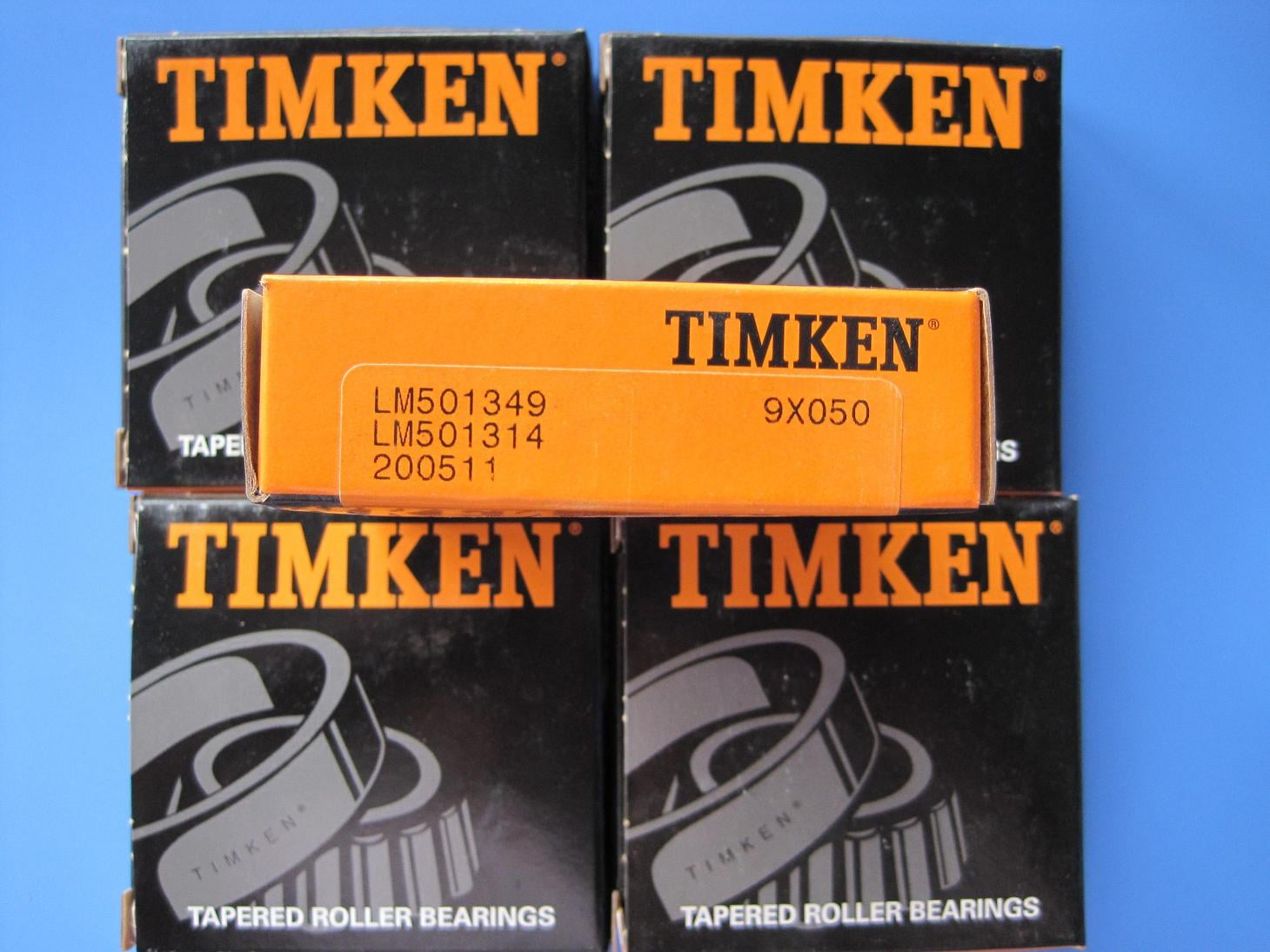
 News
NewsThe tapered roller bearing is derived from the need for low speed and heavy load and the large size and large angle of rotation. To put it plainly, the tapered roller bearing is a comprehensive load that can withstand large axial loads, radial loads and overturning moments at the same time. Large-scale bearings with special structure of rotation, transmission, fixed and other functions in one. The turntable bearing device can withstand many loads, whether it is in operation or not, it will withstand working load, dead weight load, slope load, collision load, temperature load and so on.
Common load types of turntable bearings:
1. Axial load, radial load and overturning moment in the traditional sense. In the rolling bearing, the total plastic deformation at the point of contact between the rolling element and the raceway under the greatest load is less than one ten thousandth of the diameter of the rolling element, which has little effect on the normal operation of the bearing. The static bearing capacity of the bearing determined under this plastic deformation condition is called the rated static load, which is generally expressed by C0. The static load rating is determined under the assumed load conditions. For radial bearings, the static load rating refers to the radial load, and the radial thrust bearing (angular contact ball bearing) refers to the load that loads the half ring raceway in the bearing. The radial component of the thrust bearing refers to the central axial load. The basic static load rating and basic static load rating of a bearing refer to the maximum load that the bearing can bear when it is static or rotating.
2. Working load: It means that the slewing bearing device bears the weight of the machine itself during work and the sum of the weights of the heavy objects, and slowly transfer the total weight to the slewing bearing device.
3. Temperature load: Mechanical equipment will produce a certain temperature during operation, and all these temperatures must be absorbed by the slewing bearing device, so that the slewing bearing can withstand all temperatures.

4. Wind load: When the machine works in the open air, the role of wind load must be considered, including wind direction, rain, thunderstorm weather, etc. The above is only part of the load that the slewing bearing device bears. In fact, the slewing bearing device must bear more load to meet all the weight and load of the machine in operation. Under normal circumstances, the turntable bearing itself has mounting holes, lubricating oil and sealing devices, which can meet the different needs of various types of hosts working under different working conditions.
5. Risk load: the unexpected and unpredictable load on the turntable bearing and slewing bearing, cross force, risk force, accidental violence, etc. Therefore, the choice of turntable bearing will have a safety factor to ensure foolproof.
6. Dynamic load: including inertial load, vibration and impact load. When the magnitude and direction of the movement speed change, the mass force is called inertial force.
7. Static load: The load capacity of the bearing at rest is determined by the amount of plastic deformation allowed. Plastic deformation in rolling bearings is inevitable. If the limited allowable plastic deformation is small, the static load capacity of the bearing is also small; if the allowable plastic deformation is large, the pits generated on the raceway will increase the noise and vibration of the bearing during operation, and the running accuracy Reduced, affecting the normal operation of the bearing.